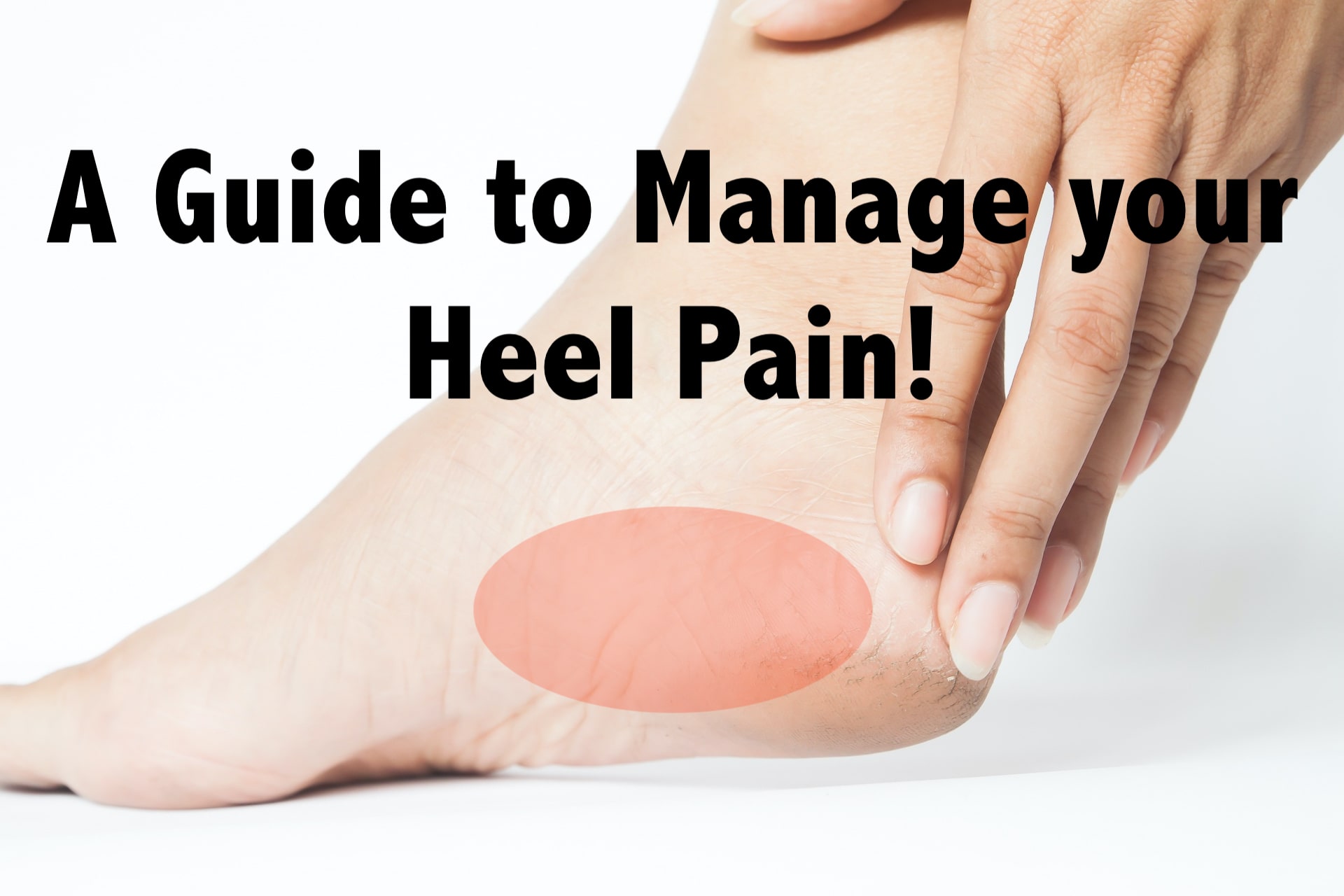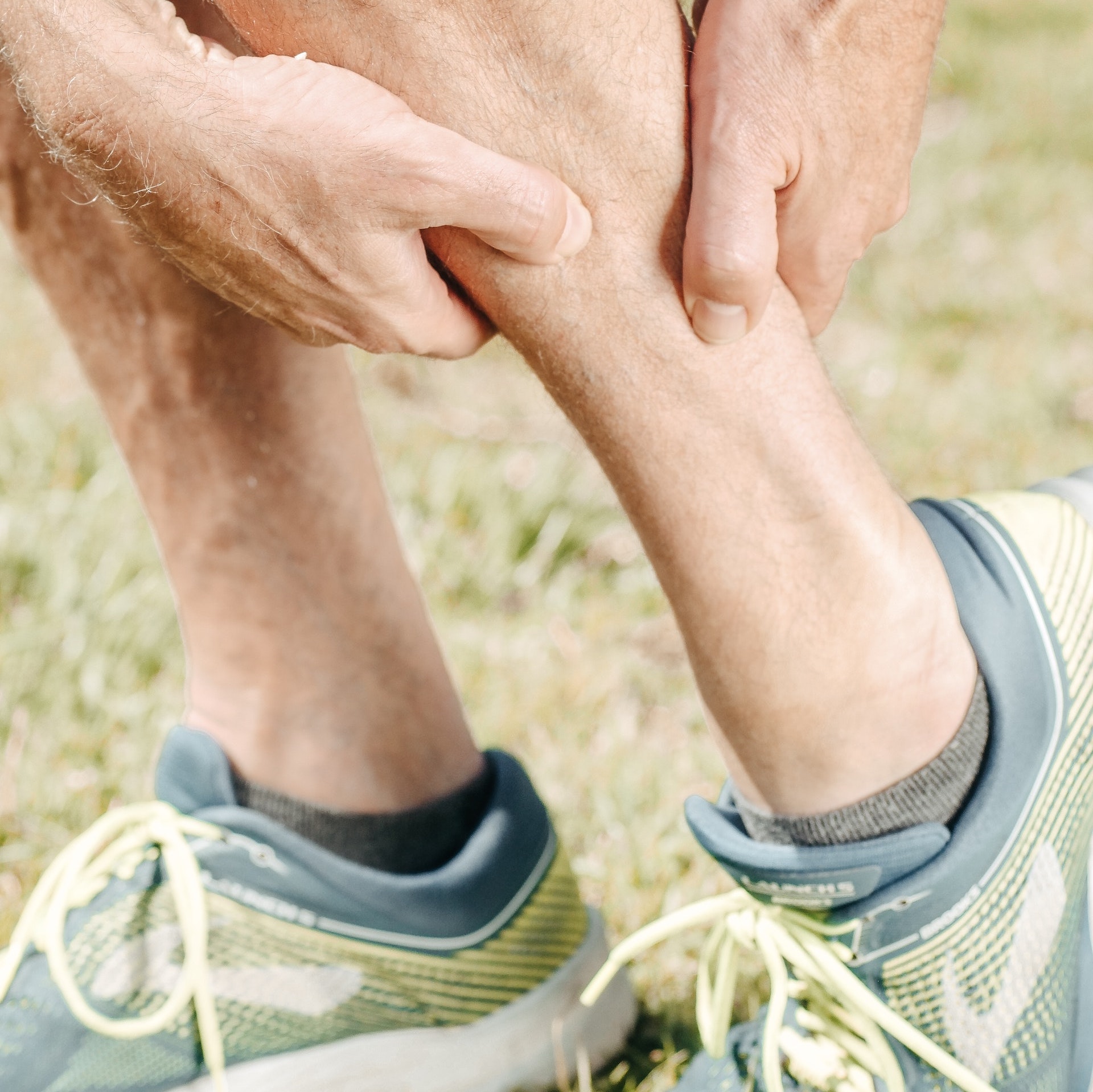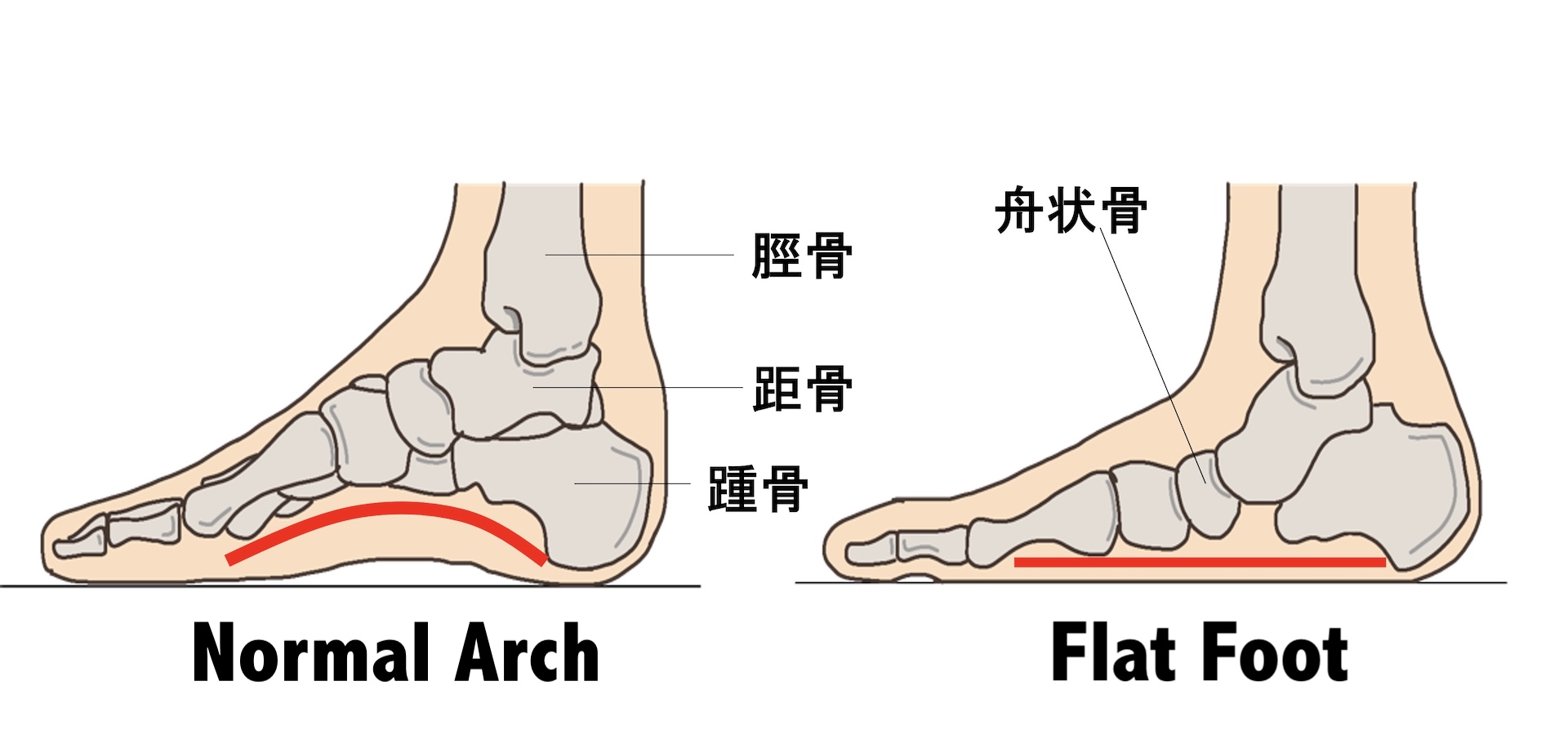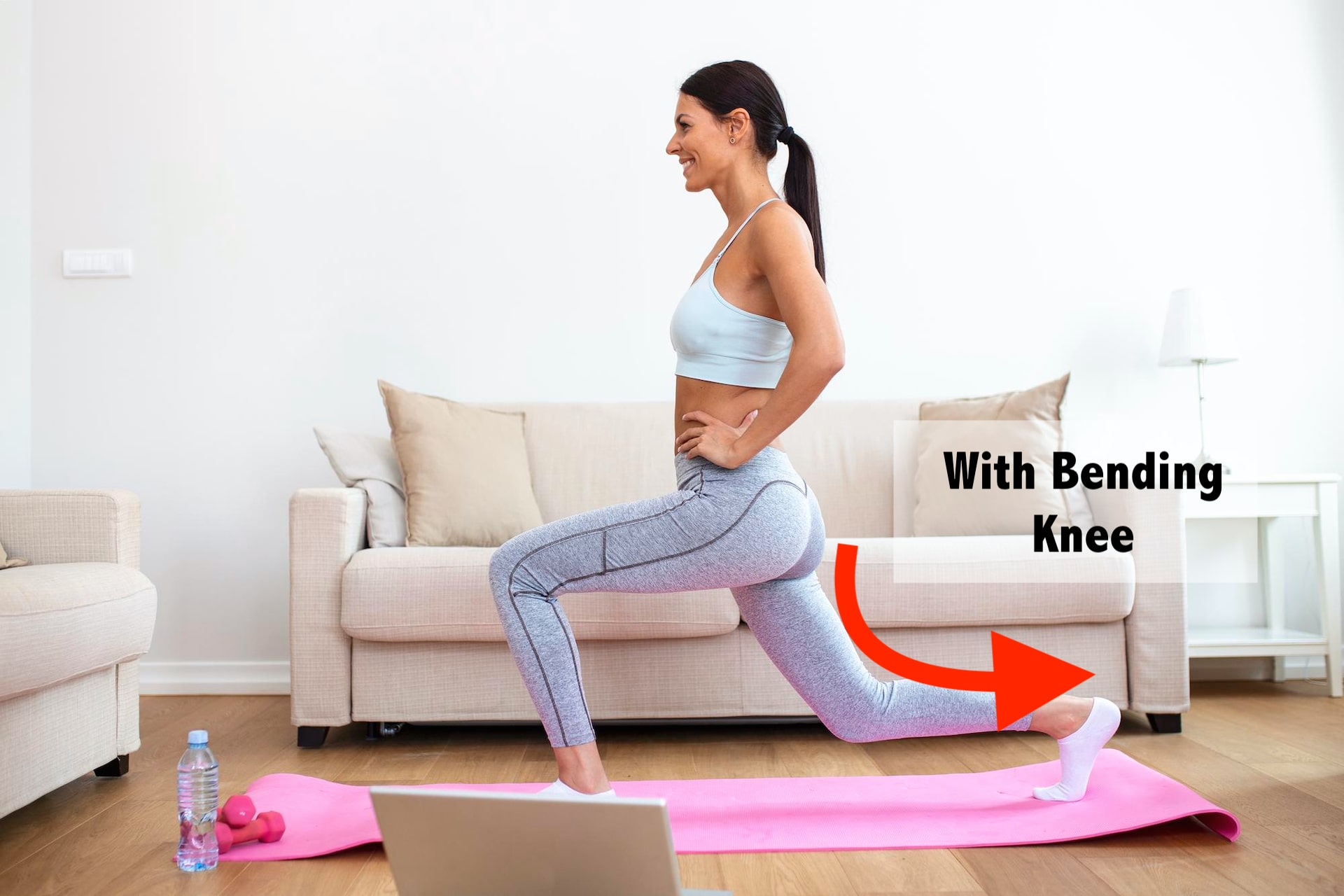How to Deal with Tinnitus (Ringing in Ears) 5 TIPS
I would like to share with you what you can do with 5 TIPS and how to manage one of the most annoying conditions: tinnitus or ringing...

December 24, 2023
Have you ever felt a sharp pain the first few steps after waking up? And you wonder what is going on your feet.
In today’s blog post, I want to spend some time on a hugely relevant topic for many people: Heel pain. 5 tips that you can do at home to manage your heel pain.
It’s debilitating, crazy painful, and frustrating because it’s painful whenever you step. At a certain point, you’re wondering if the heel pain will go away or if it will be on forever.
Spoiler alert: it’s not a forever thing, nor does it need to be. You can be well on your way to a pain-free life with the correct diagnosis and treatment.
We understand this can be a lot of information and overwhelming: if you are looking for more support and answers, set up a free consultation with our Pain Specialist, Satoru Ozawa. Share your story, get your questions answered, and learn how you can set yourself up for tremendous success in achieving a healthy life.
M - F: 8am - 6pm Sat & Sun: 10am-3pm
For most people dealing with heel pain, the most likely it is a little-known condition called Plantar Fasciitis. It sounds like a big, fancy word. But, all it means is a condition in which the foot sole tendon fiber, plantar aponeurosis, which supports the arch structure of the foot, becomes inflamed and repeats small tears.
One of the most common signs and symptoms is heel pain after waking up, especially during the first few steps.
There are 3 major causes of your sole being inflamed: calf tightness, bunions, and flat feet. It is generally accepted that the condition is associated with Heel Spur, Neuropathy, and Achilles tendinitis.

In the human body, the calf muscle and the muscle on the sole are connected. Once you have tight muscles on the calf, your muscle fascia on the sole will get pulled up and causes inflammation or pain.

Secondly, the bunion is the deformation of the big toe. Your big toe gets turned inwards and gives you pressure on the sole. A bunion, in particular, is caused by the collapse of the foot arch structure, similar to plantar fasciitis. Suppose the big toe cannot hold the lateral angle. In that case, the longitudinal arch will gradually decline, and plantar fasciitis may occur.

Lastly, flat feet can also cause pain on the sole. The medial longitudinal arch movement is essential for shock absorption. If it does not work well, there is insufficient energy to push the foot. As a result, it causes pain in the bottom of the foot.
Because you have a tight calf, stretching the calf is the first and easiest option that you can do right now. There are two ways to stretch your calf: with bending knees and without bending knees—Gastrocnemius muscle and Soleus muscle stretching.


Heat makes blood circulation and increases the healing process. Epsom Salt is the magnesium sulfate that promotes muscle relaxation and increases blood flow to help reduce pain.
Some foot patches with Chinese herbs can be put on the feel during the night to detox the foot.
Ingredients: bamboo vinegar, chitosan, dextrin, Houttuynia cordata, loquat leaf, tourmaline, vegetable fiber, Vitamin C, and wood vinegar.
For hundreds of years, Chinese medicine understood toxins traveled downwards in the body, stored in the bottom of the foot. It is also understood that toxin accumulation leads to many diseases—for example, painful rheumatism and arthritis because toxic acidic fluids gather around the joints.
There are 6 simple steps you can do at home to take care of yourself and avoid risky injections or surgery. Give these exercises a try and feel the difference for yourself. For more information, please visit our blog post, “Best Massage & Stretch For Your Plantar Fasciitis (Easy 6 Steps)“
Corydalis is the primary ingredient, and this herb is a pain reliever, increasing blood flow and reducing pain.
Indication
We'll be happy to answer your questions.
As a general rule of thumb, the sooner one receives treatment, the better the prognosis.
Some patients receive heel pain treatment months or even years after the initial onset. These chronic cases are often more complex and take much longer to achieve results. Even then, recovery is not guaranteed.
Regarding the frequency of treatments, acupuncture follows a simple rule. Acute and relatively new conditions are most effectively treated with frequent visits. In contrast, chronic and old conditions can benefit from more widespread treatments. In other words, if you just had an onset of sciatica, you will probably be prescribed 2-3 treatments per week in order to get the most effective results. Chronic cases will generally come in only once a week.
If you or a loved one was diagnosed with plantar fasciitis and want to learn more about acupuncture and whether it’s appropriate for your case, send us a message through our contact page. Thank you for taking the time to read this blog post! I appreciate your interest and hope to see you again for future posts.
We understand this can be a lot of information and overwhelming: if you are looking for more support and answers, set up a free consultation with our Pain Specialist, Satoru Ozawa. Share your story, get your questions answered, and learn how you can set yourself up for tremendous success in achieving a healthy life.
The following blogs discuss natural remedies, acupuncture, Chinese medicine, Chinese herbs, and tips for maintaining good health.
I would like to share with you what you can do with 5 TIPS and how to manage one of the most annoying conditions: tinnitus or ringing...
A 45-year-old man came to my clinic looking for some relief from the ringing in ears because he discovered that acupuncture might be a great option to...
I want to show how to alleviate tinnitus, which sounds like whistling, buzzing, roaring, or clicking, especially at night, using 10 acupressure techniques.

Satoru Ozawa, L.Ac, ATC
hariQ acupuncture & herbs
Licensed acupuncturist, Certified Athletic Trainer and Chinese herbal specialist. With his 10 years of experience in Oriental Medicine, he will recommend the best natural Remedies, including Acupuncture, Chinese herbs, and health tips to relieve your suffering.
2 comments